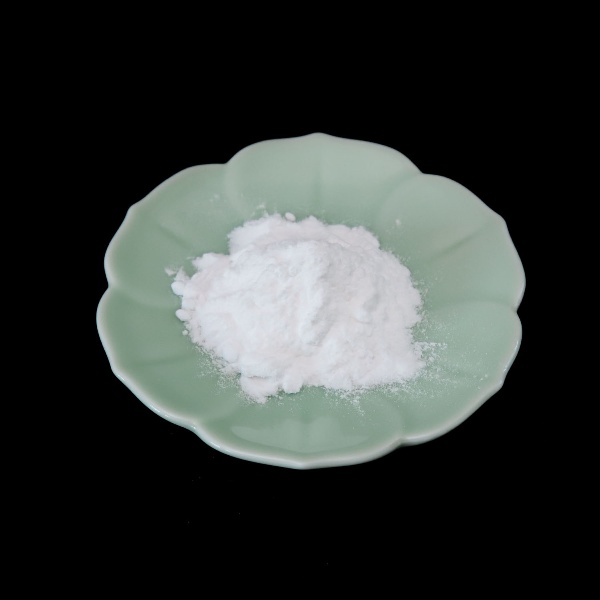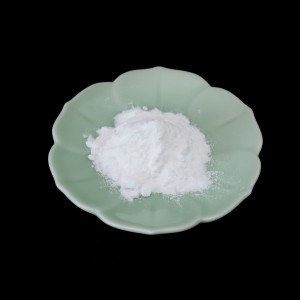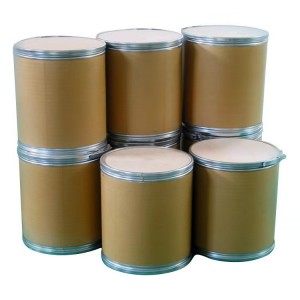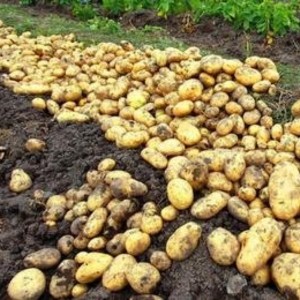999-81-5 Plant Inhibitor 98%Tc Chlormequat Chloride CCC Supplier
Product Description
| Product Name | Chlormequat chloride |
| Appearance | White crystal, fishy odor, easy deliquination |
| Storage method | It is stable in neutral or slightly acidic medium and decomposed by heat in alkaline medium. |
| Function | It can control the vegetative growth of the plant, promote the reproductive growth of the plant, and improve the fruit setting rate of the plant |
White crystal. Melting point 245ºC (partial decomposition). Easily soluble in water, the concentration of saturated aqueous solution can reach about 80% at room temperature. Insoluble in benzene; Xylene; Anhydrous ethanol, soluble in propyl alcohol. Has a fishy odor, easy deliquescence. It is stable in neutral or slightly acidic medium and decomposed by heat in alkaline medium.
Instructions
| function | Its physiological function is to control the vegetative growth of the plant (that is, the growth of the roots and leaves), promote the reproductive growth of the plant (that is, the growth of flowers and fruits), shorten the internode of the plant, shorten the height and resist falling, promote the color of the leaves, strengthen the photosynthesis, and improve the ability of the plant, drought resistance, cold resistance and salt alkali resistance. It has control effect on crop growth, which can prevent seedling failure, control growth and tillering, prevent plant health, increase spike and increase yield. |
| Advantage | 1. It can control the vegetative growth of the plant (that is, the growth of roots and leaves), promote the reproductive growth of the plant (that is, the growth of flowers and fruits), and improve the fruit setting rate of the plant. 2. It has a regulatory effect on crop growth, can promote tillering, ear increase and yield increase, and increase chlorophyll content after use, resulting in dark green leaf color, enhanced photosynthesis, thickened leaves and developed roots. 3. Mycophorin inhibits the biosynthesis of endogenous gibberellin, thus delaying cell elongation, making plants dwarf, stem thick, internode short, and preventing plants from growing barren and lodging. (The inhibitory effect on internode elongation can be relieved by external application of gibberellin.) 4. It can improve the water absorption capacity of roots, significantly affect the accumulation of proline (which plays a stable role in cell membrane) in plants, and is conducive to improving plant stress resistance, such as drought resistance, cold resistance, saline-alkali resistance and disease resistance. 5. The number of stomata in leaves is reduced after treatment, the transpiration rate is reduced, and the drought resistance is increased. 6. It is easy to be degraded by enzymes in the soil and is not easily fixed by the soil, so it does not affect soil microbial activities or can be decomposed by microorganisms. So it doesn’t hurt the environment. |
| Usage method | 1. When peppers and potatoes begin to grow fruitless, at the bud to blossom stage, potatoes are sprayed with 1600-2500 mg/l of dwarf hormone to control ground growth and promote yield increase, and peppers are sprayed with 20-25 mg/l of dwarf hormone to control fruitless growth and improve fruit setting rate. 2. Spray the growth points of cabbage (lotus white) and celery with a concentration of 4000-5000 mg/l to effectively control bolting and flowering. 3. Tomato seedling stage with 50 mg/l of water for the soil surface sprinkling, can make the tomato plant compact and early flowering. If the tomato is found to be barren after planting and transplanting, 500 mg/l of the diluent can be poured according to 100-150 ml per plant, 5-7 days will show the efficacy, 20-30 days after the efficacy disappears, return to normal. |
| Attention | 1, spray within a day after the rain wash, must be heavy spray. 2, the spraying period can not be too early, the concentration of the agent can not be too high, so as not to cause excessive inhibition of the crop caused by drug damage. 3, with the treatment of crops can not replace fertilization, still should do a good job of fertilizer and water management, in order to play a better yield effect. 4, can not be mixed with alkaline drugs. |
Write your message here and send it to us







